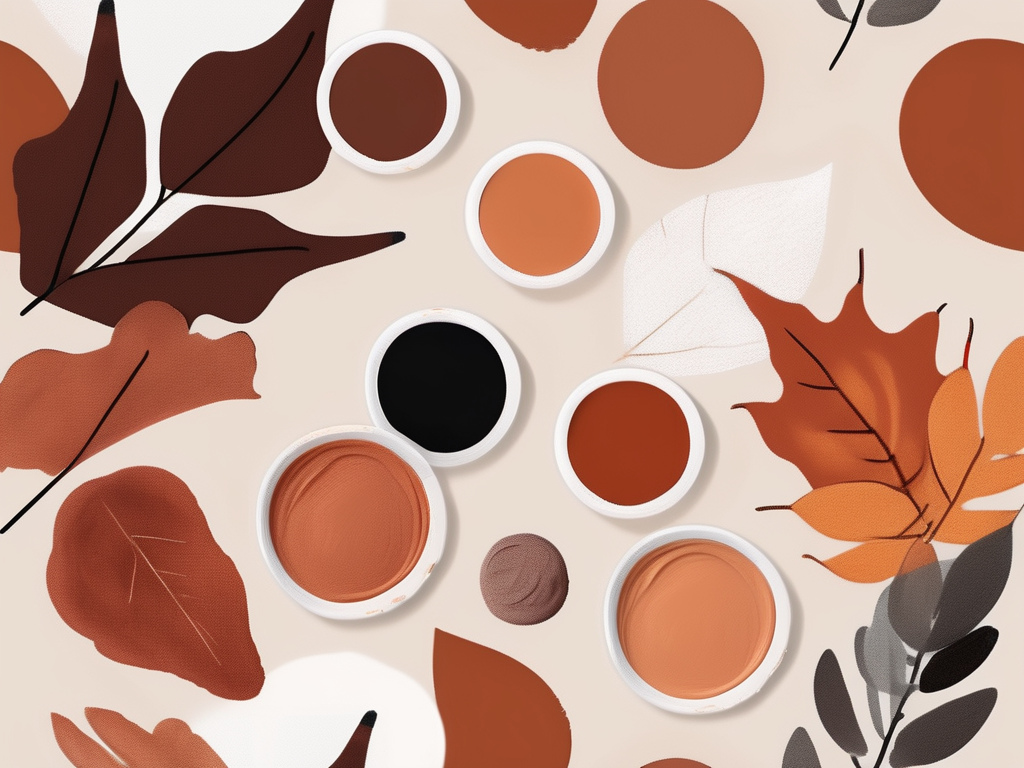In the vast and wondrous realm of art, colors play a pivotal role in expressing emotions, ideas, and the essence of human experience. Among the myriad hues that adorn the palette of an artist, Burnt Sienna stands out for its unique, earthy appeal and the myriad applications it has across various mediums. This article delves into the world of Burnt Sienna, exploring its history, uses, and the reasons behind its enduring popularity among artists.

Introduction to Burnt Sienna
Burnt Sienna is a natural pigment that originates from the earth, specifically from the regions of Siena, Italy, from which it derives its name. The raw form, known as Sienna, is a yellowish-brown pigment, which upon heating undergoes a transformation, turning into the rich, reddish-brown hue known as Burnt Sienna. This process enhances its color intensity and makes it more versatile for artistic purposes.
History of Burnt Sienna
The use of Sienna and its burnt variant dates back centuries, with evidence of its application found in ancient civilizations. The ancient Greeks and Romans were known to use Sienna in their architectural decorations and artworks. However, it was during the Renaissance period that Burnt Sienna gained prominence, becoming a staple in the palettes of many renowned artists. The unique, earthy tone of Burnt Sienna was particularly appreciated for its ability to add depth and warmth to portraits and landscapes.
Uses of Burnt Sienna
Burnt Sienna is incredibly versatile, making it an indispensable component of various art forms. Here are some of its key applications:
Painting: Burnt Sienna is widely used in oil, acrylic, and watercolor painting. Its reddish-brown hue is ideal for creating skin tones, landscapes, and still-life compositions. Artists often mix Burnt Sienna with other pigments to achieve a range of earthy shades.
Drawing and Sketching: The pigment is also used in drawing and sketching, whether in its pure form or mixed with other media like charcoal or pastels. It’s particularly useful for quick sketches and studies due to its ease of blending and versatile tone.
Cosmetics: In a more unconventional application, Burnt Sienna is sometimes used in the production of cosmetics, such as eyeshadows and blushes, due to its natural, earthy tone.
Architecture and Design: Historically, Burnt Sienna has been used in the creation of pigmented plasters and paints for architectural decorations. Its natural, warm color adds a sense of classic elegance to structures.
Why Choose Burnt Sienna?
The preference for Burnt Sienna among artists and designers stems from several of its key characteristics:
Unique Earthy Tone: Its distinctive reddish-brown color is unmatched by synthetic pigments, offering a depth and warmth that is quintessentially natural.
Lightfastness: Burnt Sienna is known for its lightfastness, meaning it resists fading over time when exposed to sunlight, ensuring artworks retain their vibrancy.
Mixing Capability: It can be easily mixed with a wide range of other pigments to create an array of shades, from cool grays to warm, golden tones.
Durability: The pigment is highly durable, making it suitable for both indoor and outdoor applications.
Challenges with Burnt Sienna
Despite its many advantages, working with Burnt Sienna comes with a few challenges:
Availability: The natural occurrence of the pigment can make it less accessible than synthetic alternatives, potentially affecting its cost and availability.
Consistency: The color intensity of Burnt Sienna can vary depending on its source and the heating process, requiring artists to sometimes adjust their mixing ratios.
FAQs About Burnt Sienna
Q: What is the difference between Sienna and Burnt Sienna?
- A: Sienna is the raw, yellowish-brown form of the pigment, while Burnt Sienna is the reddish-brown version obtained after heating the raw Sienna.
Q: Is Burnt Sienna suitable for all types of painting?
- A: Yes, Burnt Sienna can be used in oil, acrylic, and watercolor painting, making it a highly versatile pigment.
Q: Can Burnt Sienna be used in digital art?
- A: While the physical pigment is used in traditional art forms, its color tone can be replicated in digital art software, allowing digital artists to achieve similar earthy hues.
Q: Is Burnt Sienna safe to use?
- A: Burnt Sienna is generally considered safe and non-toxic. However, as with any pigment, it’s advisable to handle it with care and avoid ingestion or inhalation of the powder.
Conclusion
Burnt Sienna, with its origins deeply rooted in the earth, brings a unique and timeless quality to the world of art and design. Its versatility, combined with its natural, earthy appeal, has made it a favorite among artists for centuries. Whether used in painting, drawing, or as a component in architectural and cosmetic applications, Burnt Sienna continues to inspire creativity and evoke emotions through its rich, reddish-brown hue. As the art world continues to evolve, the allure of Burnt Sienna remains unchanged, a testament to the enduring power of natural pigments to captivate and inspire us. For artists and art enthusiasts alike, delving into the world of Burnt Sienna offers a journey of discovery, exploring the depths of color, creativity, and human expression.
Closure
Thus, we hope this article has provided valuable insights into The Timeless Allure of Burnt Sienna: Unveiling its Versatile World. We hope you find this article informative and beneficial. See you in our next article!